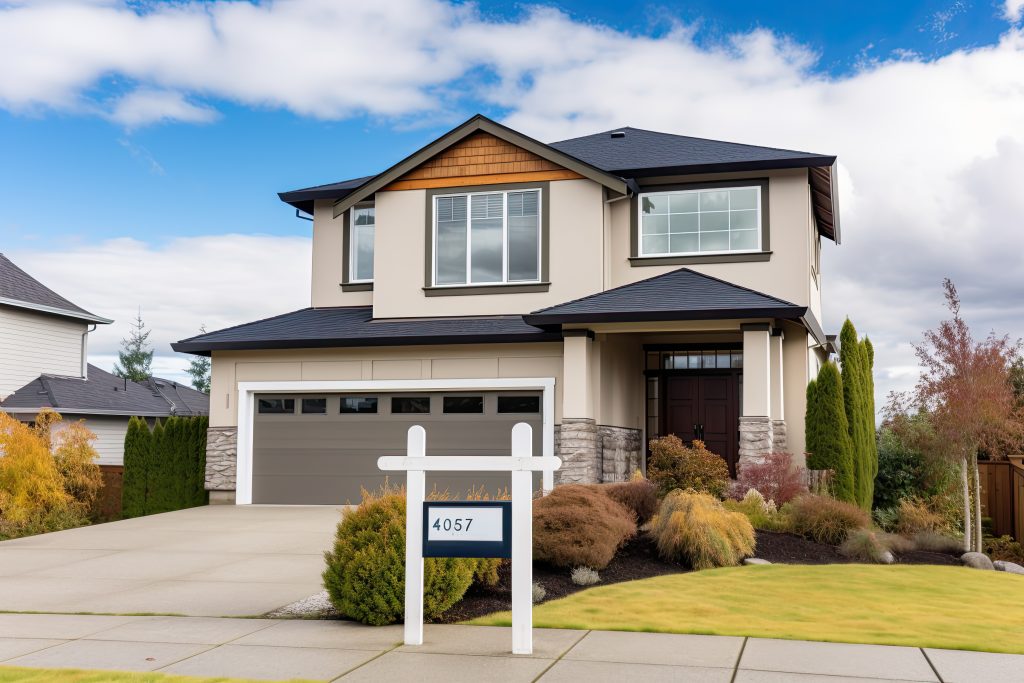
single-family homes as houses that are built on a single lot, usually with a yard and a detached garage. They are the most common type of home in the US, and they come in a variety of styles, including ranch-style, colonial, and contemporary.
Types of Single -Family Homes
Starter Homes , Move-up Homes and Luxury Homes
Starter Homes: Factors,Pros and Cons
First, let’s talk about starter homes. These are typically smaller, more affordable homes that are popular with first-time homebuyers. They often have fewer bedrooms and bathrooms, and they may be in less desirable locations.
Factors that influence the price:
The different factors that influence the price of starter homes. One important factor is the location of the home. Homes in desirable locations, such as in major metropolitan areas or near popular amenities, tend to be more expensive. Another factor is the age of the home. Older homes may need more repairs and updates, which can add to the cost.
Pros:
One pro is that starter homes are often more affordable than larger homes, which can make them a good option for first-time buyers who are on a tight budget. Another pro is that starter homes can be easier to maintain, since they tend to be smaller and have fewer features than larger homes.
The biggest pro of buying a starter home is that it can be a great stepping stone to owning a larger home in the future. By buying a starter home, you can get your foot in the door of homeownership and begin building equity. Another pro is that starter homes are often more affordable to maintain and repair than larger homes. Finally, starter homes can be a good option for people who want to live in an urban area, since they often have a smaller footprint and are more energy-efficient.
Cons:
One con of buying a starter home is that it may not meet your needs for very long. As your family grows or your needs change, you may find that you need a larger home. This can mean having to go through the hassle and expense of selling your starter home and buying a new home. Another con is that starter homes may be located in less desirable neighborhoods, which could have an impact on your lifestyle and property values.
Another con of starter homes is that they may have fewer amenities than larger homes. For example, they may not have a pool, a large yard, or a garage. They also may not have as many updates, such as new appliances or a new roof. Finally, starter homes may be located in areas with lower-performing schools, which could be a concern for families with children.
Move-up Homes : Factors, Pros and cons:
A move-up home is a term used to describe a home that is larger and more expensive than a starter home. People often move to a move-up home after they’ve built up equity in their starter home and want more space. Move-up homes are usually single-family homes, but they can also be townhouses or condos.
Factors that Influence the price:
There are a number of factors that can influence the price of a move-up home. The size of the home is a major factor, as is the location. Homes in highly desirable areas will often cost more than homes in less desirable areas. In addition, the age of the home can play a role, as newer homes may have a higher price tag than older homes. The condition of the home is also important, with homes in better condition often selling for more than homes that need repair. Finally, the features and amenities of the home can impact the price, as homes with more features will often cost more.
Pros:
For sure! On the plus side, move-up homes offer more space, which can be great for families or for people who want to entertain guests.
They also tend to be in more desirable neighborhoods, with better schools and amenities.
Of course! Another pro of move-up homes is that they often have more features and amenities than starter homes, such as a pool, a garage, or a bigger yard.
Cons:
The downside of move-up homes is that they are more expensive than starter homes, and they may require more upkeep. It’s also important to consider the increased cost of utilities and taxes when moving to a larger home.
On the con side, move-up homes can be more difficult to sell than starter homes. And, while move-up homes often have more features, they can also come with more maintenance costs. Plus, move-up homes can sometimes be more difficult to finance, since they are more expensive.
Luxury Single family Homes:
A luxury single-family home is a type of move-up home that is typically larger and more expensive than other move-up homes. These homes are often located in highly desirable areas and have high-end features and amenities. Luxury single-family homes can range in price from a few hundred thousand dollars to millions of dollars. They often have features like gourmet kitchens, home theaters, swimming pools, and large yards.
Factors that influence the price:
There are a number of factors that can influence the price of a luxury single-family home. The location of the home is a major factor, as homes in areas with high demand, such as beachfront properties or urban centers, tend to be more expensive. The size of the home is also important, with larger homes typically costing more. The age of the home can also influence the price, with newer homes often costing more than older homes. In addition, the features and amenities of the home can have an impact on the price.
Pros:
The pros of luxury single-family homes include the high-end features and amenities that they offer. These homes often have gourmet kitchens, multiple bathrooms, and large yards. In addition, the neighborhoods where these homes are located are often highly desirable and offer great schools and other amenities.
Cons:
The cons of luxury single-family homes include the high price tag and the ongoing maintenance and upkeep costs. These homes can also be difficult to sell, as they appeal to a limited number of buyers.
Another thing to consider when buying a luxury single-family home is the lifestyle that comes with it. These homes often require more time and effort to maintain, and they can be more expensive to heat and cool.
They may also require more upkeep, such as landscaping and cleaning. In addition, the HOA (homeowner’s association) fees for luxury single-family homes can be higher than those for other types of homes.
Trends in the sales of Single Family Homes:
There are a few trends that are currently shaping the single-family home market.
One trend is the increasing popularity of energy-efficient homes. These homes are designed to save money on energy bills and to be more sustainable.
Another trend is the growing popularity of home automation features, such as smart thermostats and security systems.
more people are looking for homes with open floor plans and outdoor living spaces.
Another trend in single-family homes is the increasing popularity of home offices. With more people working from home, there is a growing demand for homes that offer space for a dedicated work area.
Other trends include the use of natural materials and finishes, such as stone and wood, and the incorporation of indoor-outdoor living spaces.
And, there is a growing interest in homes that are designed for multigenerational living, with separate living areas for different generations.
Wholesaling of Single-Family Homes:
There are several reasons why someone might choose to buy a single-family home as an investment property, also known as a wholesale property.
One reason is that single-family homes tend to be less volatile than other types of real estate investments, such as multi-family homes or apartment buildings.
They are also easier to manage and maintain. And finally, single-family homes can be a good long-term investment, as they tend to appreciate in value over time.
Flipping Vs Wholesaling of Single Family Homes:
Whether flipping or wholesaling is the best option depends on your goals and your level of experience in real estate investing. If you are looking for a quick profit, then flipping may be the better option.
Flipping involves buying a property, renovating it, and then selling it for a profit. On the other hand, wholesaling involves buying a property at a discount and then selling it to another investor, without taking on the responsibility of renovating it. Wholesaling can be a good option for those who are new to real estate investing, as it involves less risk.
Bottom Line
single-family homes continue to be a popular choice for home buyers, and they are expected to remain so in the future.
The growing demand for energy efficiency, home automation, and aging-in-place features is likely to drive the continued evolution of the single-family home market.
At the same time, the increasing cost of living and the housing affordability crisis may pose challenges for the market.

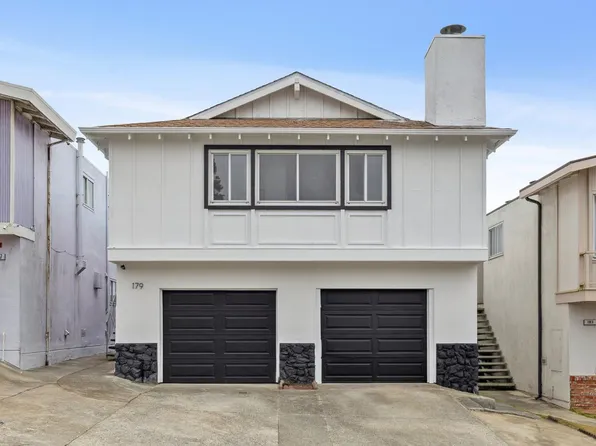
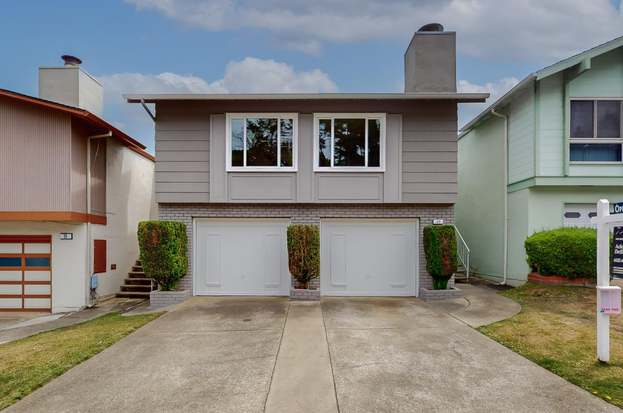
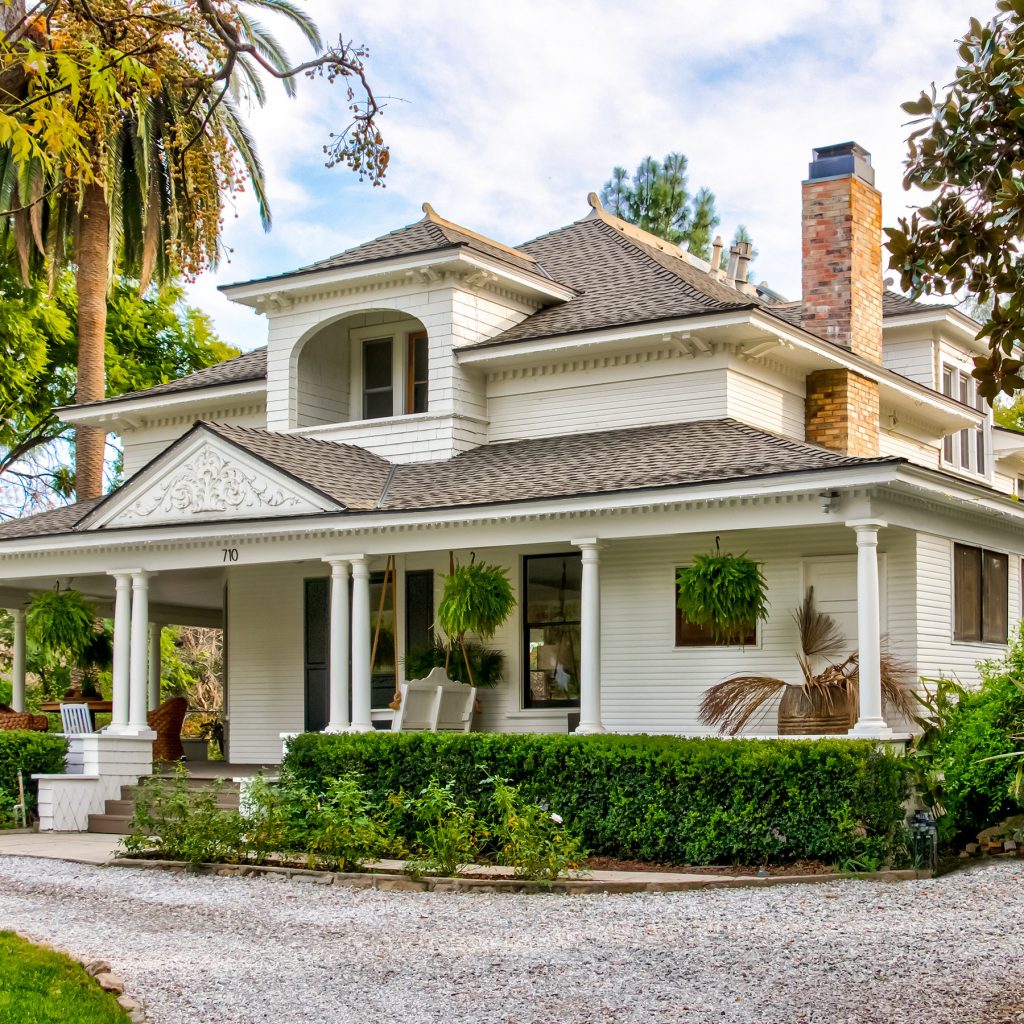
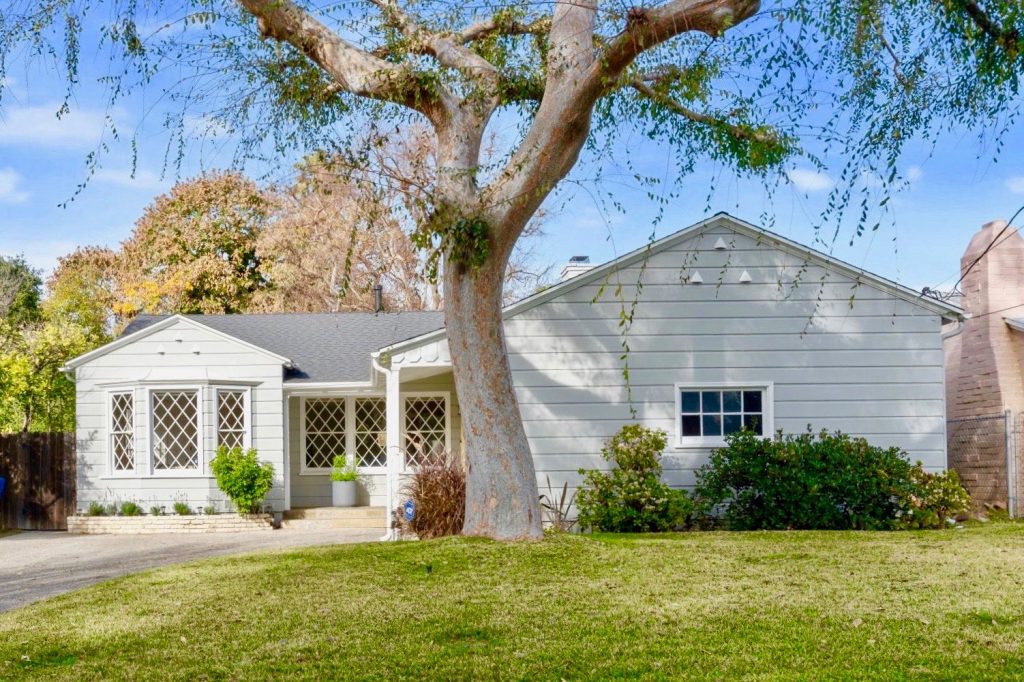
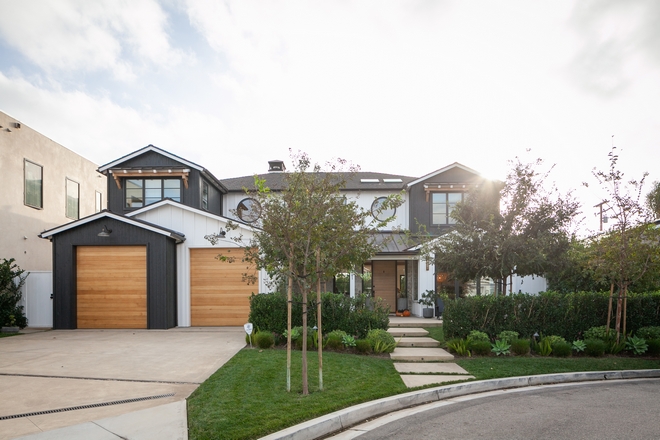
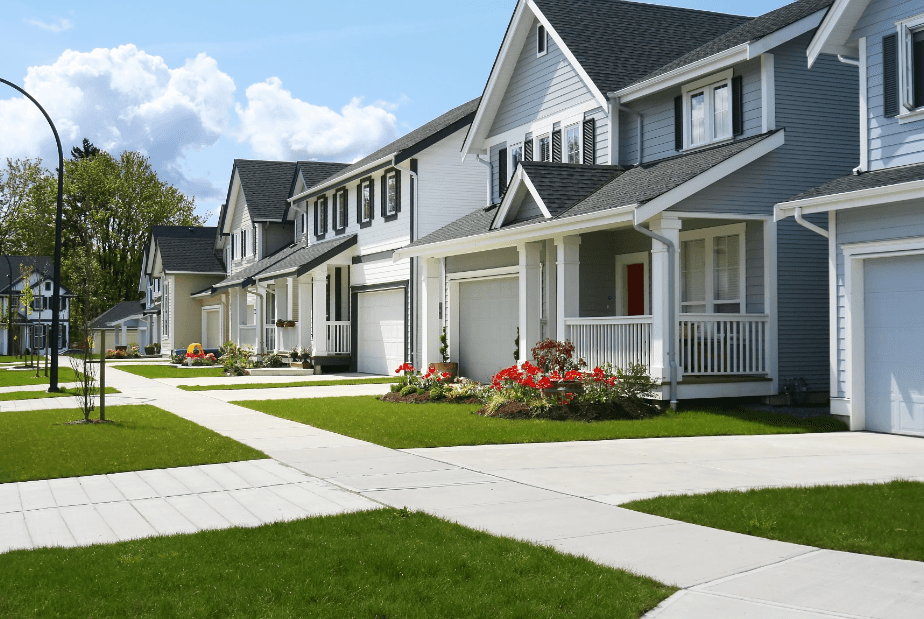

0 Comments